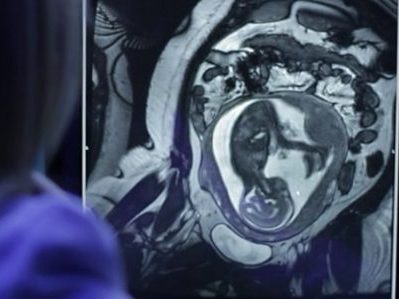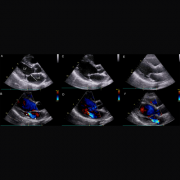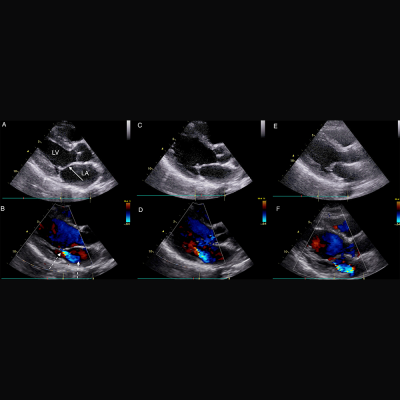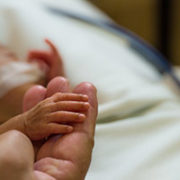Racial disparities in pediatric deaths related to police intervention

Black and Hispanic adolescents are significantly more likely to die from shootings related to police intervention compared to non-Hispanic white adolescents, a recent study shows.
A recent study evaluating the use of force by police against children found that Black and Hispanic adolescents are significantly more likely to die from shootings related to police intervention compared to non-Hispanic white adolescents. The findings, led by Children’s National Hospital researchers and reported online Nov. 24 in Pediatrics, mirror similar racial and ethnic disparities in adults and highlight the need for interventions and policies to mitigate these tragedies.
In recent years, concerns about police use of force — particularly its disproportionate application to people of color — have grown exponentially in the U.S. Between 2003 and 2018, there were 6,512 firearm deaths from police intervention in adults, with non-Hispanic Blacks and Hispanics having significantly higher per population mortality rates than whites. However, it’s been unclear whether similar racial and ethnic disparities exist for adolescents killed by police intervention.
To explore this question, Monika K. Goyal, M.D., M.S.C.E., associate division chief of Emergency Medicine and Trauma Services and director of Academic Affairs and Research at Children’s National, and her colleagues used data from the Centers for Disease Control and Prevention’s Web-Based Injury Statistics Query and Reporting System. This database collects national data from death certificates compiled by the National Center for Health Statistics, including cause of death and race and ethnicity.
The researchers identified all adolescents between the ages of 12 and 17 years of age who died from firearm injuries due to police intervention between 2003 and 2018 within this database. They then compared rates of these deaths across different racial and ethnic populations based on U.S. Census Bureau data.
Dr. Goyal and her colleagues found that during the 16-year study period, 140 adolescents had died from police intervention, and of those, 113 involved firearms. The vast majority — about 93% — were male, with a mean age of about 16 years.
Using census data, the researchers found that the rate of firearm deaths due to police intervention was markedly higher among non-Hispanic Black and Hispanic youth when compared to non-Hispanic white youth. Numbers show that, compared to non-Hispanic white children, non-Hispanic Black children had a six-fold higher risk of death due to legal intervention. Similarly, Hispanic children had a risk of death almost three times higher.
“As the country works to reform policing practices and strives to mitigate disparities in our justice system, it is essential we do not forget the disproportionate impact on children of color,” Dr. Goyal says. “Our study confirms these disparities that are stark and unacceptable.”
Dr. Goyal adds that the study only collected data on adolescents who died, rather than non-fatal shootings, and thus, may underestimate the true toll of disparities in use of firearms against youth due to police intervention. Although the study was not designed to investigate the causes of these disparities, she says, recent events provide evidence of structural racism and bias among law enforcement personnel and in its policies.
Although these numbers are small, Dr. Goyal notes that there’s a potential rippling effect, with the death of each child having wide-ranging impact on an entire community.
“Any death of a child is devastating but when it is due to police violence, it leads to distrust in the system and undermines the primary mission to protect,” she says. “The pattern of stark racial and ethnic disparities only adds to this tragedy, further oppressing and alienating communities of color. It’s important to investigate, identify and correct those policies and personnel that perpetuate and exacerbate these disparities.”
Other researchers who contributed to this study include Gia M. Badolato, M.P.H., Meleah D. Boyle, M.P.H., and Robert McCarter, Sc.D., all of Children’s National; April M. Zeoli of Michigan State University; and William Terrill of Arizona State University.

















